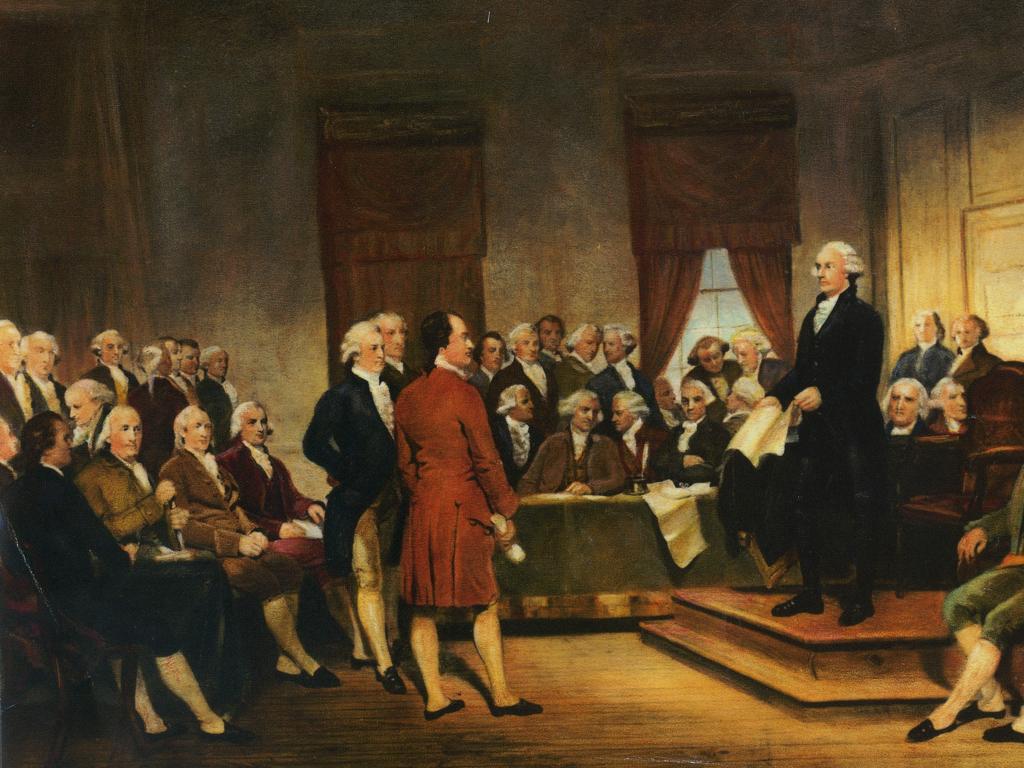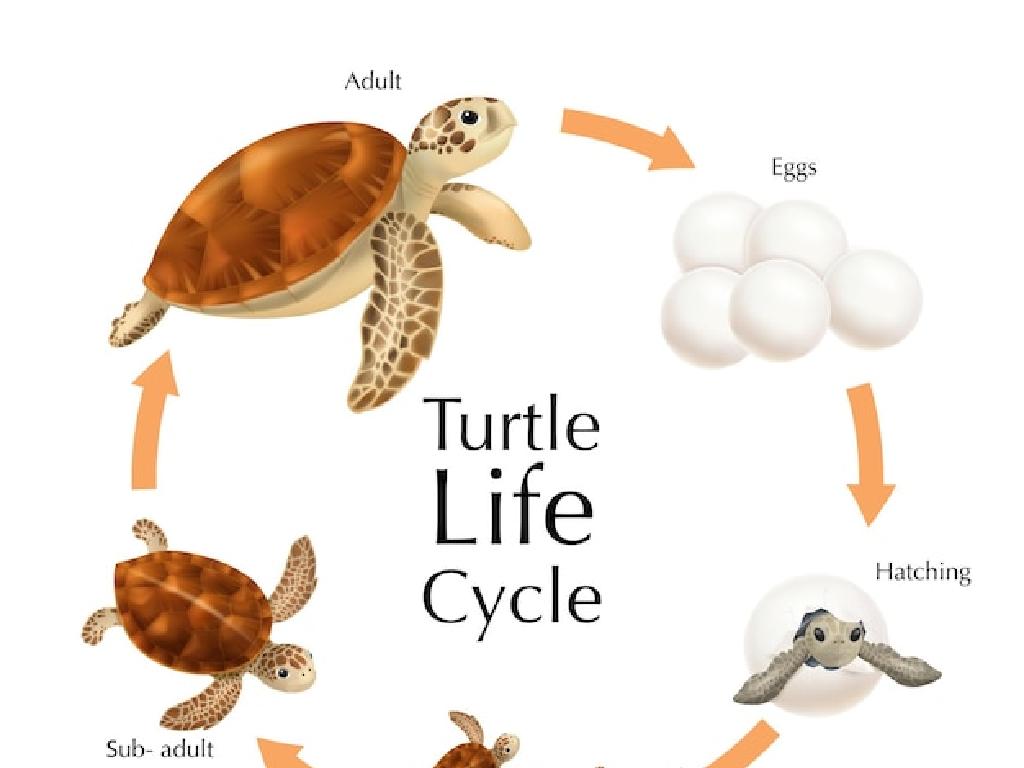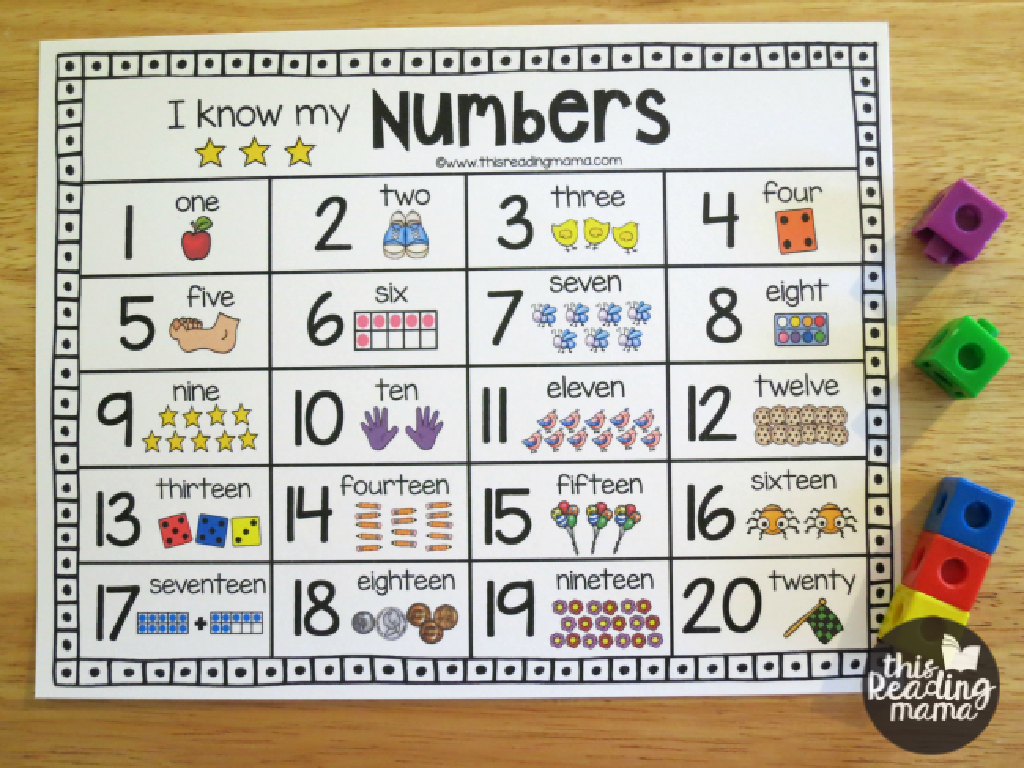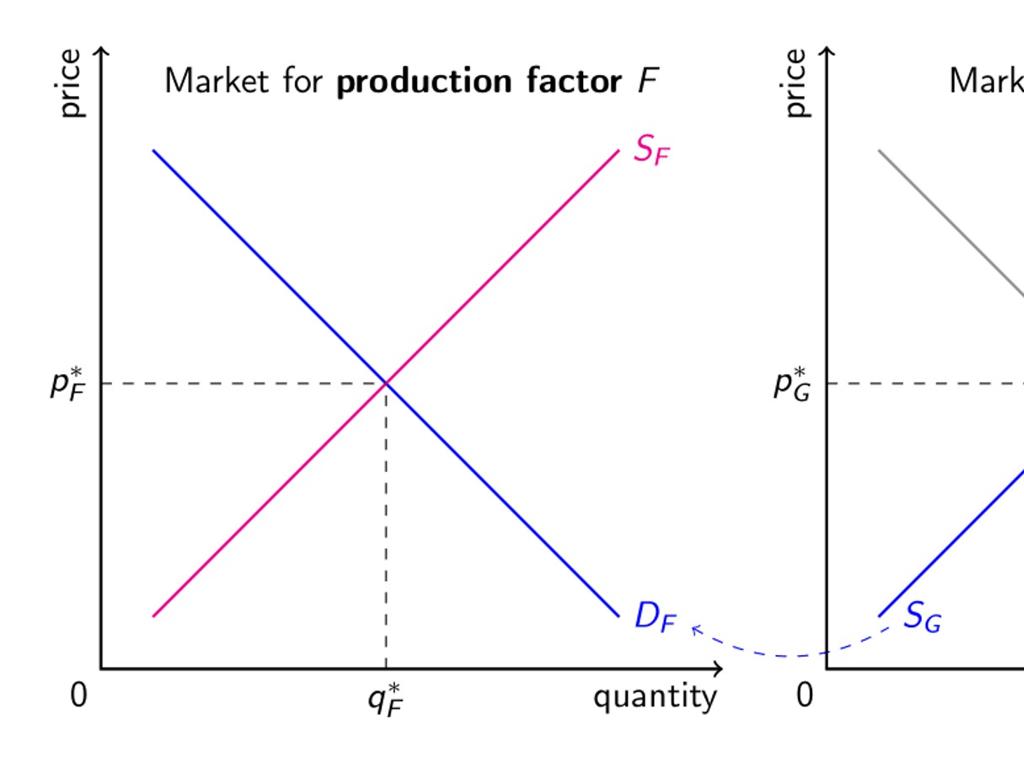Sort Objects By Material
Subject: Science
Grade: Kindergarten
Topic: Materials
Please LOG IN to download the presentation. Access is available to registered users only.
View More Content
Welcome to Materials!
– Greet our little scientists
– Learn about different materials
– Materials are what things are made from
– Discover materials in everyday objects
– Look at objects and guess the material
– Fun sorting activity planned
– We’ll sort objects by the materials they’re made of
|
This slide is designed to introduce Kindergarten students to the concept of materials in a fun and engaging way. Start with a warm greeting to make the little scientists feel excited about the lesson. Explain that everything around us is made from different materials, such as wood, plastic, metal, and glass. Use familiar objects like toys, pencils, and water bottles as examples to help them understand. Prepare a hands-on sorting activity where students can physically group objects based on the materials they’re made from. This will help reinforce their understanding and keep them actively involved in the learning process.
Learning About Materials
– What is a material?
– Materials are what objects are made from.
– Materials are everywhere!
– Every toy and thing we touch has a material.
– Examples of materials
– Wood, plastic, metal, glass, and fabric are materials.
– Sorting materials
|
This slide introduces the concept of materials to Kindergarten students. Begin by explaining that a material is what everything is made from, using simple language. Show them everyday objects and discuss what material each object is made from. Provide examples like a wooden block, a plastic bottle, a metal spoon, a glass window, and a fabric doll. Encourage the children to touch and feel different objects to understand the concept of materials. Afterward, engage the students in a sorting activity where they categorize objects based on the material they are made from. This hands-on activity will help reinforce their understanding of the different types of materials.
Exploring Materials Around Us
– Identify classroom materials
– Find objects of wood, plastic, metal
– Look for a wooden block, plastic bottle, or metal spoon
– Materials have different textures
– Hard like a desk, soft like a stuffed animal
– Discuss the feel of each material
|
This slide is aimed at engaging Kindergarten students in a hands-on learning experience about materials. Start by guiding the students to look around the classroom and name various materials they can see. Encourage them to touch and feel the objects to understand the concept of texture. Ask them to find and bring objects made of wood, plastic, and metal. Discuss how these materials are different in terms of hardness, weight, and use. This activity will help students to categorize objects based on the material they are made from and understand that different materials have different properties.
Sorting Materials by Type
– What does sorting mean?
– Sorting is grouping similar things
– Materials objects are made of
– Objects can be made of wood, plastic, metal, or cloth
– Sorting objects by material
– We can group things by what they’re made from
– Let’s sort together in class!
|
This slide introduces the concept of sorting and how it can be applied to materials. Begin by explaining that sorting is a way of organizing things that are alike into groups. Discuss different materials that everyday objects are made from, such as wood, plastic, metal, and cloth. Show examples of objects made from each material. Then, engage the students in a hands-on activity where they sort a collection of classroom items into groups based on the material. This activity will help them understand the concept of sorting and recognize the different materials objects can be made from. Encourage participation and assist them in identifying the materials if they are unsure.
Activity Time: Material Hunt
– Let’s go on a material hunt
– Find objects of wood, plastic, metal, glass, fabric
– Look for a wooden block, plastic bottle, metal spoon, glass jar, fabric doll
– Sort objects with your friends
– Group them by their material
|
This activity is designed to help Kindergarten students understand the concept of sorting and categorizing objects based on the materials they are made from. It encourages observation, teamwork, and communication. Provide examples of objects made from wood, plastic, metal, glass, and fabric to help them get started. Make sure to supervise the children to ensure safety, especially with objects made of glass. After the hunt, facilitate a discussion about the different materials and why objects are made from them. This will help reinforce their understanding of materials and their properties.
Show and Tell: Material Hunt
– Share your found objects
– Tell us the object’s material
– Is it wood, plastic, metal, or cloth?
– Discuss why it’s made of it
– Is it because it’s strong, flexible, soft?
– Think about material properties
– Materials have different uses based on their properties like strength, flexibility, and texture.
|
This slide is for a ‘Show and Tell’ activity where students will present objects they found during a material hunt. Encourage each child to speak about the material of their object and discuss why it might be made from that material. For example, a wooden spoon is strong and safe for cooking, while a metal key is durable. This activity helps students understand that objects are made from materials suited to their purpose. Provide guidance on how to describe materials and their properties. Prepare to facilitate a discussion on why certain materials are chosen for specific objects, enhancing their critical thinking about everyday items.
Class Activity: Sorting Game
– Let’s play a sorting game
– Make piles by material type
– Sort items into groups like plastic, metal, wood, etc.
– Work together with classmates
– Help each other and share what you know
– Remember, it’s all about fun!
|
This activity is designed to help students learn about materials by sorting objects. Set up stations with a variety of items made of different materials such as plastic, metal, wood, and fabric. Encourage the children to touch and feel each object to determine what material it is made of. Then, have them work in small groups to sort the items into piles based on the material. This hands-on activity promotes teamwork and understanding of different materials. Possible variations of the activity could include sorting by color, size, or shape to further engage the students and reinforce the concept of categorization.
Recap: Sorting Materials
– Great job sorting today!
– Materials make up objects
– Everything has a material, like wood or plastic
– Learned sorting by material
– We grouped things based on what they’re made of
– Excited for more science!
|
This slide is meant to conclude the lesson on sorting objects by material. It’s a moment to celebrate the children’s effort and reinforce the day’s learning. Emphasize that materials are the substances things are made from and that by looking at materials, we can sort objects into groups. This helps children understand the world around them and lays the groundwork for future scientific inquiry. Encourage their curiosity and excitement for the next class, where the adventure in learning about science continues. Remember to use a cheerful tone to leave the kids with a positive feeling about what they’ve learned and looking forward to more.






